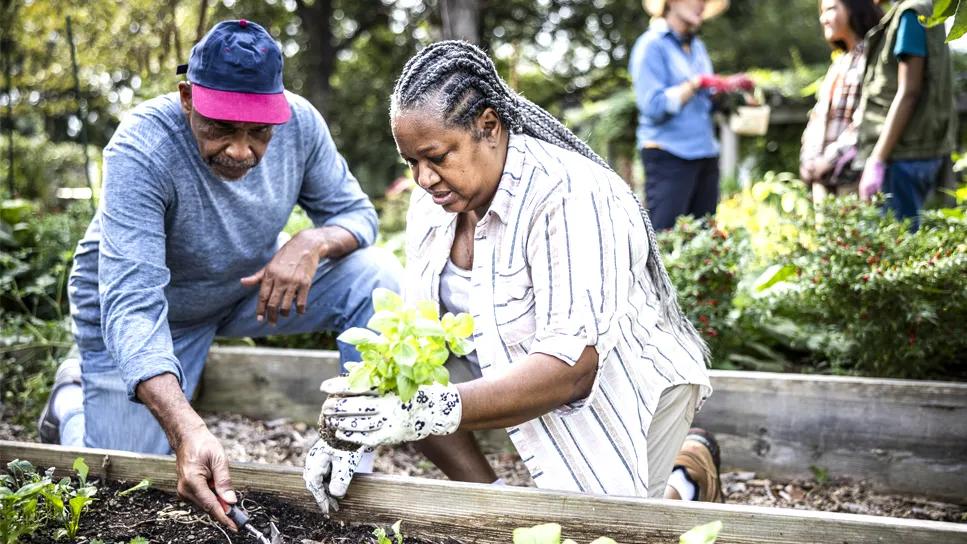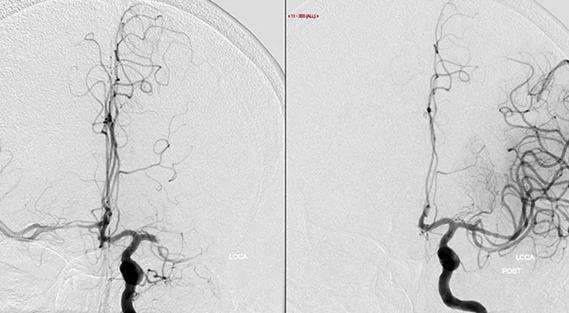Tasked-based therapy improves social connection and quality of life

COVID-19 lockdowns dramatically raised awareness about the problem of social isolation. Some people who hadn’t typically been isolated were suddenly disconnected from others, while those already isolated were even more cut off from participation in life.
Advertisement
Cleveland Clinic is a non-profit academic medical center. Advertising on our site helps support our mission. We do not endorse non-Cleveland Clinic products or services. Policy
Like the pandemic, neurological conditions that affect physical and cognitive capacities can hinder social participation, reduce quality of life and lead to a cascade of associated health risks. That’s why part of the mission in Cleveland Clinic’s Department of Physical Medicine and Rehabilitation focuses on therapeutic interventions that aim to help patients restore skills they need to stay involved in activities that matter to them.
“In the International Classification of Functioning, Disability and Health, participation is the highest metric on the continuum of abilities,” says Susan Linder, DPT, PhD, Director of Clinical Research in the Department of Physical Medicine and Rehabilitation at Cleveland Clinic. “If you can get someone to improve their participation in life, that's the North Star.”
Two recent initiatives by Dr. Linder’s team are shedding light on rehabilitation approaches that achieve that goal.
A study published in Neurorehabilitation and Neural Repair showed that trial participants experienced improvement in domains related to quality of life during and after interventions.
The study, “Task Practice With and Without Aerobic Exercise Improves Health-related Quality of Life and Social Participation Post-stroke: A Randomized Clinical Trial,” compared two groups undertaking upper extremity repetitive task practice (RTP).
Importantly, the tasks were taught in a way that supports skills maintenance and/or improvement.
Advertisement
“In traditional occupational therapy, people typically are allowed very limited visits,” Dr. Linder says. “Because of this, therapists often just teach compensation — which would not incorporate that hemiparetic arm, for example.
“In our research environment, where we have the luxury of more visits, we are starting to see that if we take time to retrain the stroke-affected arm, we can actually make gains that aren't transient,” she adds. “They maintain and even improve over time.”
Participants also practiced skills that aligned with activities they deemed important.
“It could be going to a restaurant and being able to use a fork and a knife instead of having someone else cut up their food for them,” says Dr. Linder. “If they can accomplish specific tasks that are import to them, then they're more willing to go out with their friends or family.”
The first group performed 45 minutes of forced-rate aerobic bicycling followed immediately by 45 minutes of RTP three times a week for the trial period (eight weeks). The second performed 90 minutes of only RTP. Participants were evaluated using the Stroke Impact Scale (SIS), Patient-Reported Outcomes Measurement Information System (PROMIS-29), and Centers For Epidemiology Studies-Depression Scale (CES-D) at baseline, end of treatment, six months after end of treatment and one year after end of treatment.
The researchers had hypothesized that forced-rate exercise, which has been shown to facilitate motor recovery, would enhance the benefits of RTP. While no differences were found between the groups, both benefited from the interventions in terms of quality-of-life measures and mood. Those included improving physical problems, feelings, activities of daily living, mobility, hand use, meaningful activities and reduction in depressive symptomology.
Advertisement
Notably, improvements were sustained for one year after treatment.
“Often in stroke trials, people make improvements with the therapy and then decline back to their baseline after they're done,” says Dr. Linder. “There's that adage, ‘Give a man a fish, feed him for a day; teach him to fish and you feed him for a lifetime.’ That's kind of what we did. We didn't just work on particular grasp or this part of a hand. We said, ‘We're going to teach you how to use that hand again so you can use it in your daily tasks.’ And by teaching them this, they incorporate that into their lives.”
To combat social isolation among people with stroke, Parkinson’s disease, Alzheimer’s disease and other neurological conditions, Dr. Linder’s group launched a grant-funded bi-weekly gathering at Cleveland Clinic Fairview Hospital’s Wellness Center.
The group meets twice a month and activities incorporate high-level speech, physical and occupational therapy in a real-world environment. Participants focus on service-based projects that give back to the community, such as making items for sale to help local non-profits raise funds.
“They do the project as a group, which requires communicating with each other even though they might have aphasia,” says Dr. Linder. “They might be in cognitive rehab, and they have to remember the steps needed for a project. Physical therapy might incorporate taking an object they made out of clay and walking it over to a drying rack, which involves carrying while maintaining balance. This is a PT-type skill, but it’s conducted outside of the PT clinic in a real-world environment.”
Advertisement
As they practice those skills, she adds, they are in group-based setting with others and collaborating on projects that give back to the community.
“The goal here is participation-level achievement, where we're not just practicing stacking blocks or walking up steps that don't lead to anywhere,” Dr. Linder says. “We’re connecting skills to activities that can support their sense of being part of the wider world.”
Ideally, she adds, the therapy also connects with participants’ innate sense of resilience.
“Despite the fact that it might being quicker to cut your food with one hand, or to pick it up and bite it, you're still going to fight and make the [condition-affected] hand do it,” says Dr. Linder. “It may be easier to say you don't want to participate in whatever you used to do before you got sick. But you do it anyhow, and you come back.”
Advertisement
Advertisement

LAA closure may be compelling option in atrial fibrillation ablation patients at high risk of both stroke and bleeding

Case illustrates essentials of the low-risk, high-potential procedure when paired with rehab

New analyses confirm preservation of ablation outcomes, broaden data on bleeding benefits

Increasing treatment options are extending the window for continued functional gains

Today’s research helps illuminate tomorrow’s needs

Neurology nursing calls for skill, emotional intensity and more

Study links large artery atherosclerosis and delayed presentation to poorer treatment results

$3.2 million grant will fund use of calcium-based imaging to record neuronal activity in ischemia model